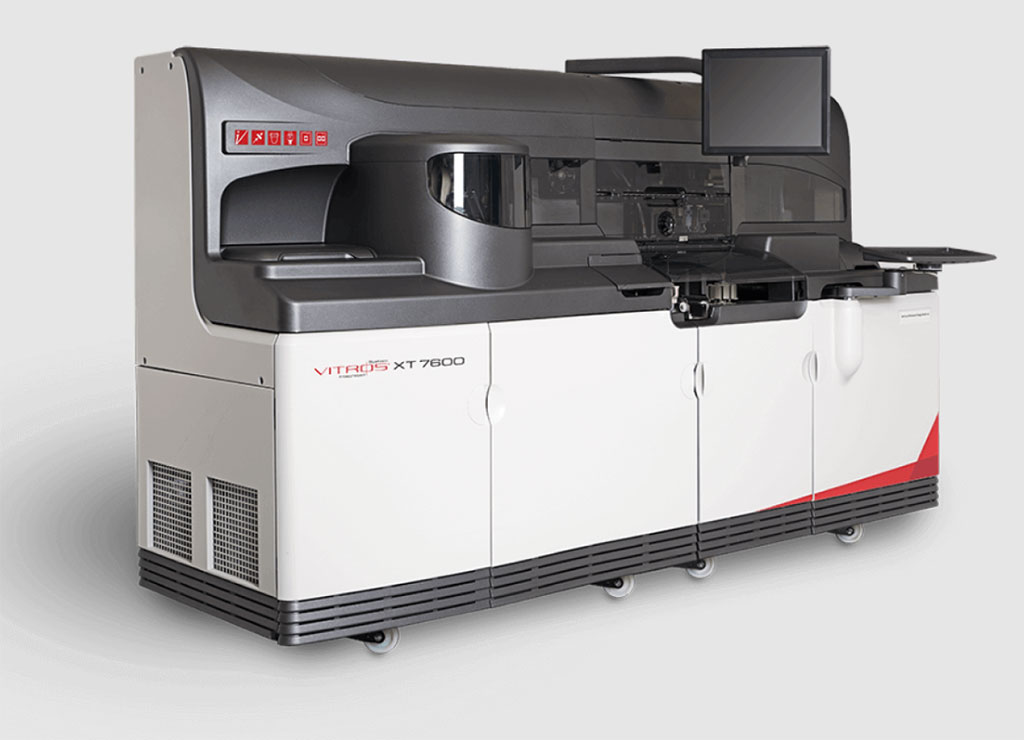XT MicroSlide Assays Evaluated for Performance
Posted on 23 Jun 2022
One of the challenges clinical laboratories face when servicing pediatric centers is adequate specimen collection from infants and children in addition to performing multiple tests on the limited sample volume.
This challenge is significantly heightened in critically ill patients and in patients for whom phlebotomy is challenging. Diagnostic phlebotomy is a known cause of iatrogenic blood loss which can result in the aggravation of hospital-acquired anemia.

Clinical Biochemists at the Baylor College of Medicine (Houston, TX, USA) and their colleagues evaluated the analytical performance of the Vitros XT MicroSlide assay pairs on the Vitros XT 7600 (Ortho Clinical Diagnostics, Raritan NJ, USA) compared to single MicroSlides. Performance characteristics included within-run precision, analytical measurable range, method comparison, and interference verification.
The investigators compared six XT MicroSlide pairs on the Vitros XT 7600 with twelve corresponding single slide assays on the Vitros 5600 system. Currently available Vitros XT MicroSlide pairs include Alanine Aminotransferase/Aspartate Aminotransferase [ALTV-AST], Triglyceride/Cholesterol [TRIG-CHOL], Albumin/Total Protein [ALB-TP], Urea/Creatinine [UREA-CREA], Glucose/Calcium [GLU-CA], Total Bilirubin/Alkaline Phosphatase [TBIL-ALKP].
The scientists reported that the XT MicroSlides on Vitros XT 7600 demonstrated excellent precision, equivalent analytical measurable range, and strong method correlation with single slide assays on Vitros 5600 for most of the assays tested. Within-run CVs of the analytes ranged between 0.32% and 2.93% with between-run CV of less than 8.8% and linearity for all analytes was within the manufacturer's specified range. Interference studies showed comparable effects of hemolysis, lipemia, and bilirubin on both instruments. The total turnaround time (TAT), the XT7600 had a TAT of 31 minutes and 2 seconds compared to 69 minutes 2 seconds on the 5600. Similarly, the volume of samples utilized by the XT7600 was 53% less than the volume required by the 5600.
The authors concluded that the XT MicroSlide assays on the XT 7600 demonstrated comparable analytical measurement ranges, precision, and strong method correlation with the Single MicroSlides for all the assays. It is suitable for use in the pediatric setting as it accommodates lower sample volumes and improved turnaround times without any effect on performance. The study was published in the August 1, 2022 issue of the journal Practical Laboratory Medicine.
Related Links:
Baylor College of Medicine
Ortho Clinical Diagnostics














